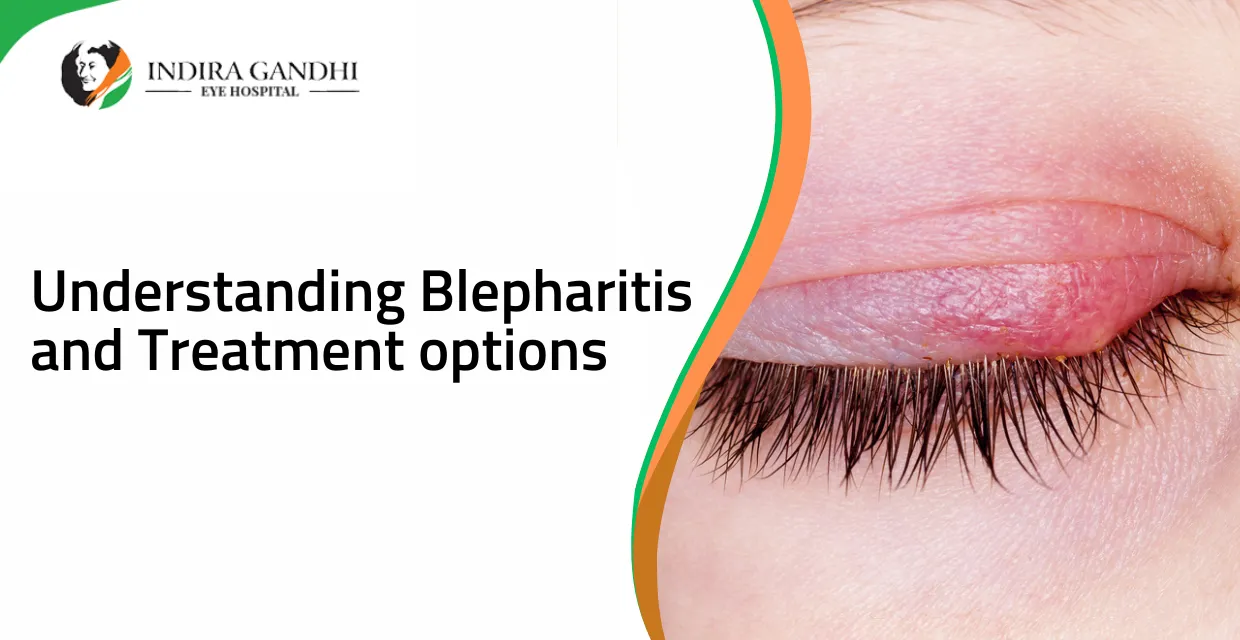Blepharitis is a common eye condition that affects the eyelids and is characterized by inflammation of the eyelids and the hair follicles of the eyelashes. It is a chronic condition that can cause a range of symptoms, including red, swollen eyelids, crusty debris along the lashes, and itchy, burning eyes. Blepharitis can be caused by various factors, including bacteria, dandruff, and certain skin conditions such as acne and rosacea.
There are two main types of blepharitis: anterior blepharitis, which affects the front of the eyelids, and posterior blepharitis, which affects the inner eyelids. Anterior blepharitis is often caused by bacteria that live on the skin, while posterior blepharitis is typically caused by a problem with the meibomian glands, which produce oil that helps keep the eyes moist.
Treatment for blepharitis involves keeping the eyelids clean and free of debris and managing any underlying causes of the condition.
Some common treatment options for blepharitis include:
Warm compresses: Applying warm compresses to the eyelids can help soften and remove any crusty debris along the lashes and improve blood flow to the eyelids.
Lid hygiene: Cleaning the eyelids regularly can help remove excess oil and debris and prevent further irritation. This can be done by gently wiping the eyelids with a warm, wet washcloth or using a commercial lid scrub solution.
Antibiotics: If the cause of blepharitis is bacterial, your doctor may prescribe antibiotic eye drops or ointments to help kill the bacteria and reduce inflammation.
Omega-3 supplements: Some research suggests that omega-3 supplements may help reduce inflammation and improve symptoms of blepharitis.
Eyelid surgery: In severe cases of blepharitis, surgery may be necessary to remove any scar tissue or blockages in the eyelids.
It is important to follow your doctor's recommended treatment plan for blepharitis to help manage the condition and prevent further complications.
Some tips for managing blepharitis include:
Wash your hands frequently: Proper hand hygiene can help prevent the spread of bacteria and other infections that can cause blepharitis.
Avoid sharing towels and makeup: Sharing towels and makeup can increase the risk of spreading bacteria and other infections that can cause blepharitis.
Avoid rubbing your eyes: Rubbing your eyes can irritate the eyelids and worsen blepharitis.
Protect your eyes from wind and dry air: Exposure to wind and dry air can make blepharitis symptoms worse, so it is important to wear protective eyewear when outside.
If you are experiencing blepharitis symptoms, seeing an eye doctor at Indira Gandhi Eye Hospitals for proper diagnosis and treatment is important. With proper treatment and management, blepharitis can be effectively managed, and further complications can be prevented.


